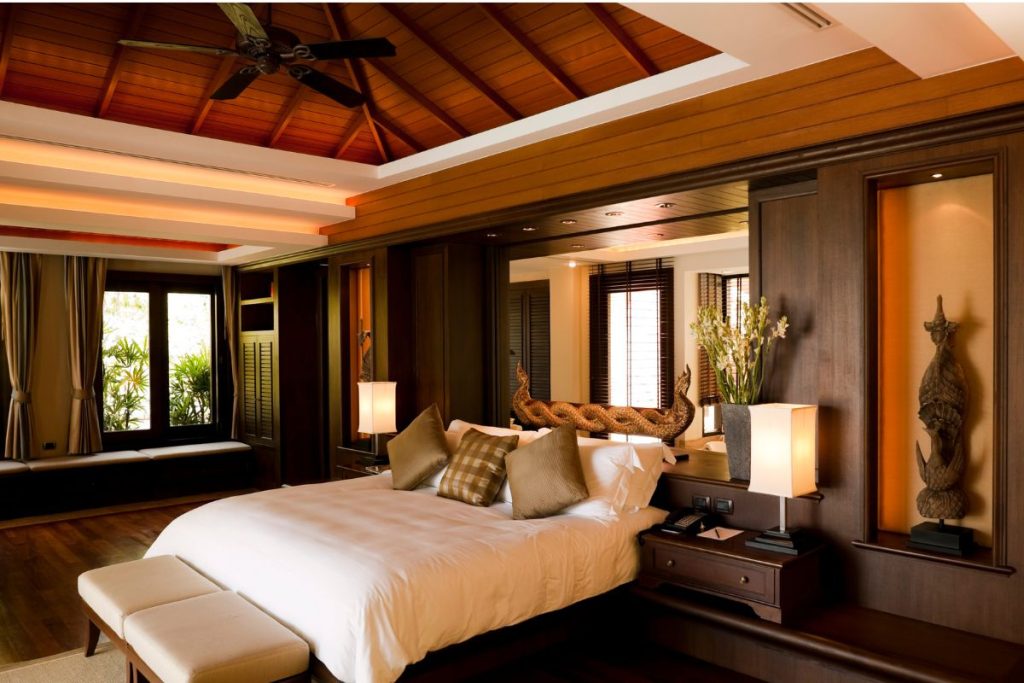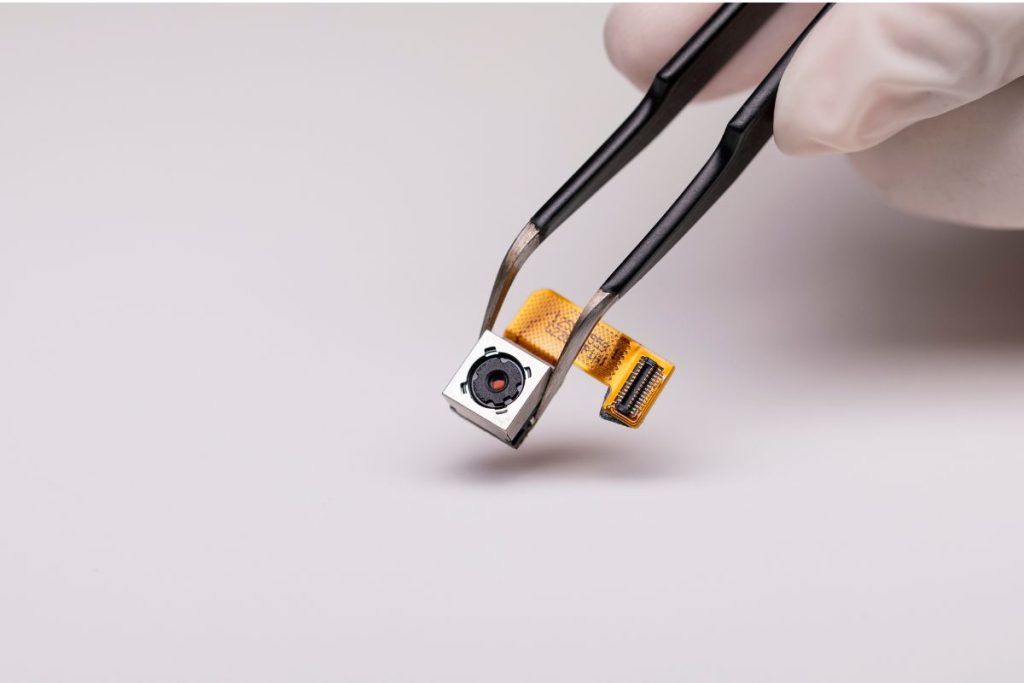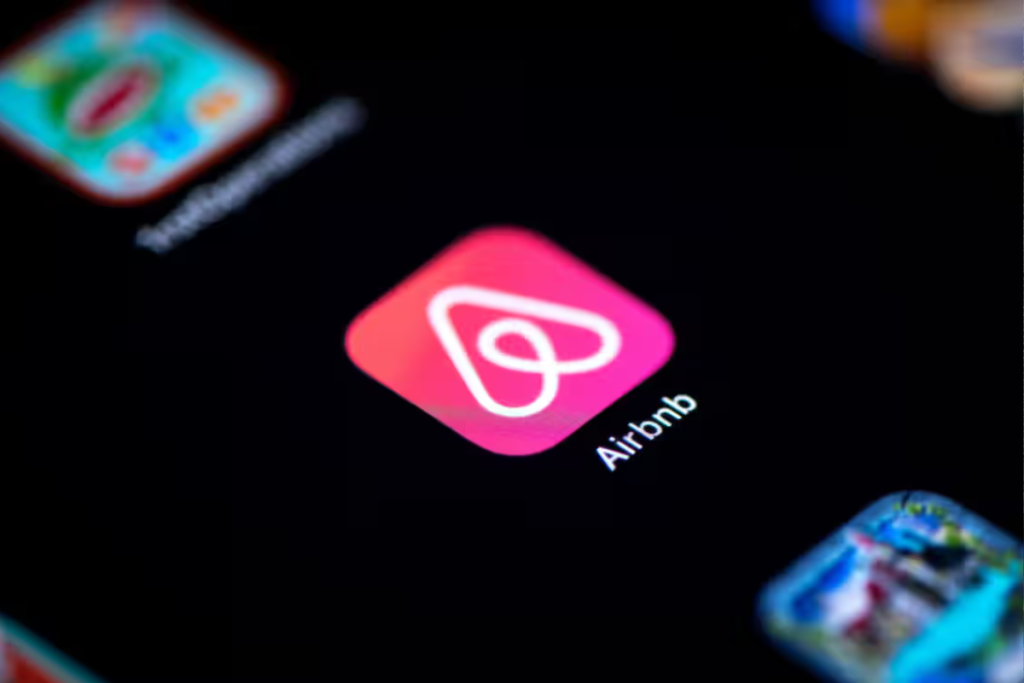Airbnb has announced a significant policy update, prohibiting hosts from using indoor security cameras in their listings. The change prioritizes the privacy of renters and will take effect from April 30th. Check out how to spot hidden surveillance cameras in your Airbnb.
In a significant policy update, Airbnb announced on Monday that it will no longer allow hosts to use indoor security cameras in their listings. The change, which prioritizes the privacy of renters, will take effect on April 30th according to the update on Airbnb’s policy on security cameras.
Previously, the vacation rental app permitted hosts to install security cameras in the “common areas” of their listings, such as hallways, living rooms, and front doors. Hosts were required to disclose the presence of these cameras in their listings and ensure they were clearly visible. However, the use of cameras in bedrooms and bathrooms was strictly prohibited.
The new policy completely bans the use of indoor security cameras by hosts. This decision follows numerous reports of guests discovering hidden cameras in their rentals, prompting some to thoroughly scan their rooms for cameras upon arrival.
Airbnb’s updated policy also introduces new regulations for outdoor security cameras. Hosts are now required to disclose the use and locations of outdoor cameras before guests book a listing. Furthermore, hosts are prohibited from using outdoor cameras to monitor indoor spaces or certain outdoor areas where guests would have a reasonable expectation of privacy, such as an outdoor shower or sauna.

In addition to these changes, listings will now have to disclose the presence of noise decibel monitors. These devices, which hosts may use to detect parties in their rentals, have been a point of contention since Airbnb banned parties in 2022.
“These changes were made in consultation with our guests, hosts, and privacy experts, and we’ll continue to seek feedback to help ensure our policies work for our global community,” said Juniper Downs, Airbnb’s head of community policy and partnership.
Hosts have until the end of April to remove indoor security cameras from their listings. If a guest reports the presence of an indoor camera after this deadline, Airbnb will investigate the claim and may remove the host’s listing or account as a result. While the new policy cannot control the presence of hidden cameras, it does offer some peace of mind to guests, knowing that rule-abiding hosts can no longer install cameras anywhere in their rentals.
How to spot surveillance cameras

Detecting surveillance cameras, especially smaller ones hidden behind furniture or vents, can be challenging. Here are some methods to help you spot them effectively:
- Use Light Reflection: Larger cameras are easily noticeable, but smaller ones can be hidden. Turn off the lights and slowly sweep the room with a flashlight or laser pointer. Look for bright reflections that indicate camera lenses.
- Scan from Multiple Angles: To ensure thoroughness, scan the room from different vantage points. This helps prevent missing cameras positioned to capture specific areas.
- Inspect Hidden Areas: Check vents, gaps in walls, or ceilings where cameras might be concealed.
- Utilize RF Detectors: An RF detector can detect wireless cameras that may not be visible. However, keep in mind that they may not be effective against wired or record-only cameras.
- Network Monitoring: If you can access the rental’s wireless network, use a tool like Wireless Network Watcher to see connected devices. This can help identify any cameras connected to the network. However, note that cameras may be on a separate network or could be of a different type, so this method isn’t foolproof.
While these methods can be useful, remember that there’s always a possibility of cameras being on a separate network or being of a different type. Therefore, exercise caution and consider these techniques as additional layers of security rather than foolproof measures
For latest travel news and updates, food and drink journeys, restaurant features, and more, like us on Facebook or follow us on Instagram. Read more on Travel and Food Network
Trending on TFN
A Spanish Odyssey: Trafalgar’s Unparalleled Best of Spain Itinerary
Imperial Splendors: Trafalgar’s 10-Day Sojourn in Prague, Vienna, and Budapest


















